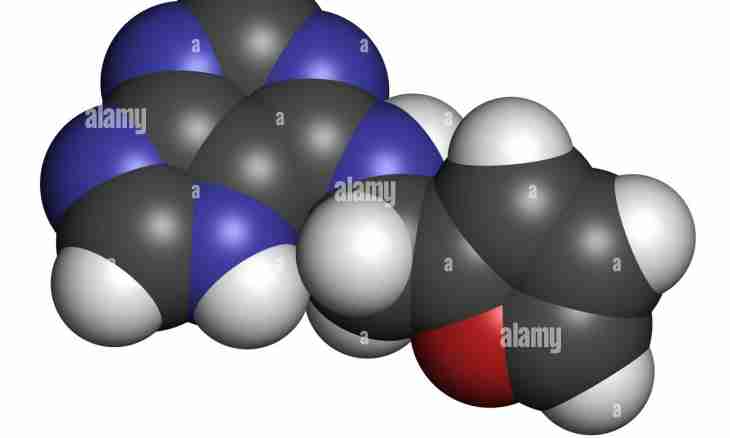Hydrochloric (salt, HCl) acid is colourless, very caustic and poisonous liquid, solution of chloric hydrogen in water. At strong concentration (38% of lump at a temperature of 20 wasps of the environment) - "smokes", fog and vapors of chlorohydrogen affect annoyingly airways and provoke cough and suffocation.
Instruction
1. Density of solution of hydrochloric acid under conditions of 38% of lump and at a temperature of 20 wasps of the environment is 1.19 g/cm3. At the slightest contact with integuments causes deeply getting chemical burns. The acid splashes which got into eyes can lead to considerable easing of sight.
2. Receive hydrochloric acid by dissolution of chloric hydrogen (in the form of gas) in water. Chlorohydrogen is produced in interaction of sulfuric acid and chloride of sodium or at combustion of hydrogen in the chloric environment. Acid has a number of certain properties, both physical, and chemical.
3. Physical properties: at increase in concentration of acid in water (from 10 to 38%), molarity (from 2.87 respectively increases to 12.39 M), viscosity (from 1.16 to 2.10 mpas) and density (from 1.048 to 1.289 kg/l) substances. And here the specific heat and temperature of boiling decrease: thermal capacity is from 3.47 to 2.43 kJ / kgk, temperature of boiling is from 103 to 48 wasps. At full evaporation, acid hardens and turns into crystalline hydrate.
4. Interaction of chlorohydrogen acid with metals which in Mendeleyev's table stand to hydrogen forms salt, at the same time free gaseous hydrogen is emitted.
5. Acid and oxide of metal give in salt reactions which are unstable to water, and actually water. That there was a process of liberation of gas of chlorine, it is necessary to work acid on strong oxidizers, like dioxide of manganese or permanganate of potassium.
6. Reaction of neutralization call reaction of chlorohydrogen acid and hydroxides of metals, and not only water, but also soluble salts is emitted. For receiving weaker acids, for example sulphurous, it is necessary to mix hydrochloric acid with salts of metals.
7. Hydrochloric acid in a galvanics is applied to etching and a dekapirovaniye, to preparation of metal surfaces (cleaning of fat and dirt) for the subsequent tinning and soldering. With its help receive various chlorides (iron, zinc, manganese, etc.) in industrial volumes. Also hydrochloric acid previously before further use disinfect and clean products from ceramics and metal. Hydrochloric acid passes in the food industry under E507 index as the acidity regulator, with its addition in mix of water and other components produce soda sparkling water.

